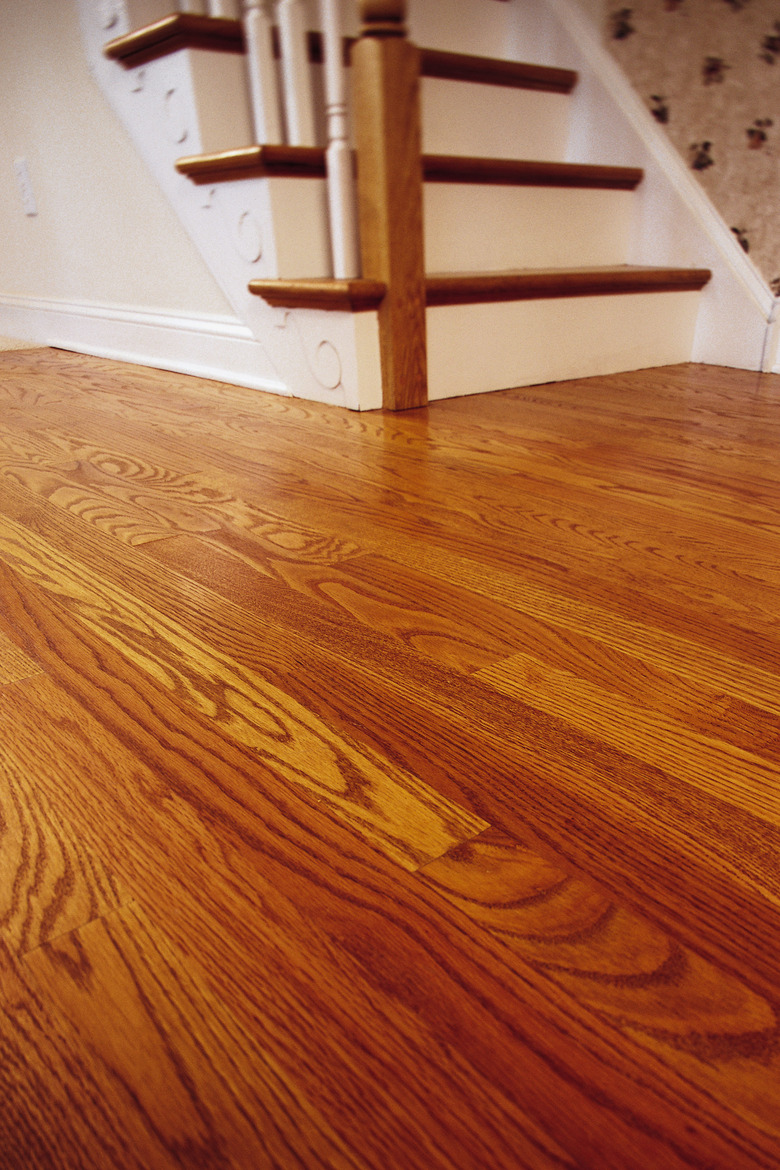Should Stair Treads Be Glued?
Step 1
The type product used for gluing stair treads depends on the material of the treads and the risers. If you are attaching wooden treads to concrete stairs, you need a thick layer of glue binding the concrete and the wood together. Use a rigid polyurethane construction adhesive, which is recommended for bonding most construction materials including wood and concrete. Wear gloves when working with the adhesive, as it can harm the skin if allowed to cure before washing.
Flexible Adhesive
Step 1
If you are installing the stair treads over existing treads or removing the old treads and installing the new ones directly onto the framework and the risers, use an elastic adhesive bonding the two wooden surfaces together. A wood-flooring adhesive remains permanently elastic, has low moisture permeability and on curing, provides a membrane that reduces moisture vapor transmission from the subfloor.
Advantages
Step 1
The advantages of using adhesive that attach stair treads include reduced use of nails or screws, simple installation and the ability to easily bond most types of surfaces together. Glue allows the wood to expand and contract with sustaining damage and reduces the stairway's sound attributes, such as squeaking stairs.
Step 2
- The type product used for gluing stair treads depends on the material of the treads and the risers.
- The advantages of using adhesive that attach stair treads include reduced use of nails or screws, simple installation and the ability to easily bond most types of surfaces together.
Disadvantages
Step 1
Disadvantages of using adhesives include odors and gases, particularly from products with a chemical base such as methylene disocyanates. Removal of the glue in the event repairs is difficult and working with the products can be dangerous to your health. Exposure to the adhesive can irritate skin and eyes or cause allergic skin and respiratory reactions. Accidental ingestion may cause poisoning.
Other Options
Step 1
Thread-forming, self-tapping screws are used to attach stair treads, but many woodworking professionals do not recommend these. They offer no protection from moisture or sound dampening. If they come loose, they present a danger to anyone using the stairs. Unless covered by carpeting or another surface material, screws in the top of the stair tread are unsightly.
Step 2
- Disadvantages of using adhesives include odors and gases, particularly from products with a chemical base such as methylene disocyanates.
- Removal of the glue in the event repairs is difficult and working with the products can be dangerous to your health.
